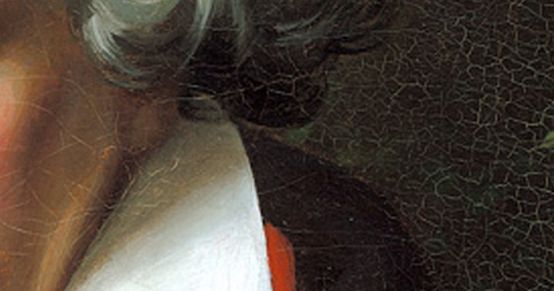Grande Fugue for piano four hands
Every Friday, Beethoven is here. To mark the 250th anniversary of Beethoven's birth, each week the Swiss Music Review takes a look at a different work from his catalog. Today, it's the Great Fugue in B flat major for piano four hands.

Originally conceived as the finale to the String quartet in B flat major Op. 130written in 1825/26, the fugue met with incomprehension from its very first performances by the Schuppanzigh Quartet - even among connoisseurs. According to one critic, it sounded "like Chinese", although he admitted that perhaps the time would come "when what seemed at first sight obscure and confused would be recognized clearly and in pleasing forms". Be that as it may, Beethoven's Viennese publisher, Mathias Artaria, didn't want to wait that long: he asked the composer to replace the fugue with a more conventional movement (ultimately a long rondo). It took a little persuasion and money on the table for Beethoven to reluctantly accede to this request. Karl Holz, the quartet's cellist, later recalled: "He liked it [the fugue] very much, and found it difficult to separate it from the quartet".
Even though it is undoubtedly enormous, the movement has been given a misleading name: the "Grande Fugue" is neither a composition in the sense of the Stile antico nor of the Well-tempered keyboard by Bach, which Beethoven had already studied in Bonn under Christian Gottlob Neefe. In addition to its considerable technical difficulties, it is a radical and revolutionary development of the fugue, so much so that Beethoven could rightly claim that the work was "sometimes free, sometimes recherché" (in French, in the text). Igor Stravinsky even called it "an absolutely contemporary piece of music, which will remain so forever".
Following the decision to publish the fugue separately as Op. 133, Mathias Artaria again knocked on Beethoven's door for a version for piano four hands, which he initially refused, considering it just a manual transcription job. However, Beethoven was so dissatisfied with Anton Halm's arrangement that he finally created his own version with a separate opus number, for which he asked the publisher for a rather special fee, according to the following half-humorous, half-serious indications: "Firstly, penal punishment consisting of 2 Klavierschulen by Clementi and 3 fine prints of the portrait by L. v. Beethoven / Secondly, a pecuniary fine for this, that and any other thing / Thirdly, the manuscript of this piano reduction will either be paid or returned to its author".
Aufnahme auf idagio
Keeping in touch
A weekly newsletter reveals the latest column on line. You can subscribe by entering your e-mail address below, or by subscribing to our RSS feed.








